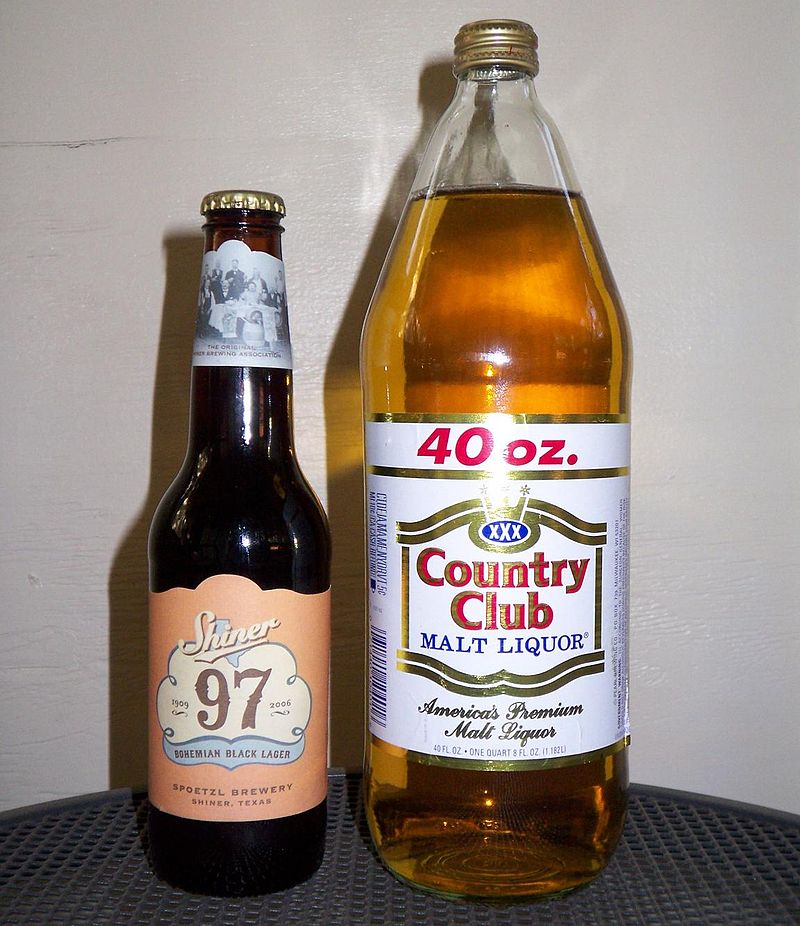Seawall Bar: Top-Rated Beach Front Bars in Galveston
Seawall Bar: Top-Rated Beach Front Bars in Galveston
Blog Article
Mastering the Craft of Purification: a Deep Dive Into Distillery Traditions
Exploring the elaborate art of distillation reveals a world steeped in time-honored practices that have actually formed the spirits we take pleasure in today. From the ancient beginnings of purification strategies to the modern evolution of distillery devices, each action in the procedure brings with it a rich tapestry of history and experience. As we dig into the fragile balance of traditional versus contemporary distilling practices and reveal the importance of essential components, a much deeper understanding emerges of the extensive impact distillery customs carry the spirits we enjoy.
Beginnings of Distillation Strategies
The development of distillation methods has an abundant history that traces back to ancient people. The beginnings of distillation can be linked to early people such as the Mesopotamians, Egyptians, and Greeks. These old societies utilized fundamental distillation methods for perfumery, medicine, and creating liquors. The principle of dividing components based on their different boiling points laid the foundation for the advanced purification procedures we have today.
The earliest proof of purification go back to around 3000 BC in Mesopotamia, where clay pots were made use of to boil down fragrances and fragrant oils. The Egyptians further advanced these techniques, utilizing purification for embalming practices and medical objectives. The Greeks, especially numbers like Aristotle and Hippocrates, added to the academic understanding of purification.
Gradually, purification infect regions like India, China, and the Center East, each society including its special touch to the craft. The development of distillation techniques proceeded via the Center Ages and the Renaissance, ultimately leading to the diverse selection of purification processes employed in modern distilleries worldwide.
Evolution of Distillery Tools

With developments in modern technology and a deeper understanding of the distillation process, contemporary distilleries currently make use of a selection of innovative equipment to produce spirits of the best. Today, purification equipment includes column stills, reflux stills, and crossbreed stills, each made to deal with particular distillation demands. These modern-day stills provide better temperature level guideline, enhanced distillation accuracy, and greater efficiency in dividing alcohol from pollutants.
In addition to stills, distilleries currently utilize advanced condensers, fermenters, and purification systems to further improve the extract. The evolution of distillery tools continues to play an essential duty fit the varied variety of spirits available in the marketplace today.
Conventional Vs. Modern Distilling Practices
Conversely, modern distilling practices take advantage of sophisticated technology and development to improve production processes and boost uniformity. Automated systems, digital controls, and modern equipment allow contemporary distilleries to create spirits extra successfully and with greater precision.
While standard distilling techniques are valued for check their heritage and the unique flavors they produce, modern methods offer advantages in terms of scalability, quality assurance, and sustainability. By including clinical advancements and modern engineering, distillers can enhance manufacturing, lower waste, and meet the demands of today's market a lot more successfully. Inevitably, the selection in between typical and modern distilling practices typically depends upon the distillery's goals, values, and target audience.
Key Components in Purification Process
Within the craft of distillation, the selection of crucial ingredients plays a crucial role in identifying the flavor account and high quality of the spirits generated. The main ingredients used in the distillation process are usually water, yeast, and a fermentable resource such as grains, fruits, or sugarcane.
Water is an essential element as it not only dilutes the alcohol web content to a palatable level however likewise impacts the overall mouthfeel and appearance of the spirit. The top quality and mineral web content of the water utilized can dramatically impact the final product.
Yeast is one more essential component that transforms the sugars existing in the fermentable source right into alcohol through the process of fermentation. Different strains of yeast can generate differing fragrances and flavors, adding to the special characteristics of the spirit.

Impact of Distillery Traditions on Spirits
The impact of longstanding distillery practices on spirits prolongs beyond the choice of essential active ingredients, shaping the very significance and character of the last distilled products (Seawall Bar). These customs, gave with generations, play an essential duty in defining the special taste accounts and qualities that differentiate one spirit from another
Distillery customs encompass a wide variety of methods, from the specific methods made you can try this out use of in distillation to the selection old processes used. For example, using traditional copper pot stills in scotch manufacturing is believed to give particular flavors and attributes that are very valued by connoisseurs. The aging of spirits in oak barrels, a method deeply rooted in distilling practices, adds to the development of complex scents and flavors over time.

Verdict
To conclude, the traditions of distillation have an abundant history that has advanced over time. From the origins of purification techniques to the contemporary techniques, the impact of distillery traditions on spirits is indisputable. By recognizing the essential active ingredients in the purification process and the development of distillery tools, one can appreciate the workmanship and virtuosity that goes into producing high-grade spirits. Distillery customs play a vital function fit the spirits market and protecting the heritage of distillation methods.
Throughout the history of purification, the tools made use of in distilleries has actually undertaken considerable development to improve effectiveness and quality of the distillation process.With innovations in modern technology and a much deeper understanding of the distillation process, modern distilleries currently make use of a range of advanced equipment to produce spirits of the greatest high quality. Today, distillation tools consists of column stills, reflux stills, and hybrid stills, each developed to provide to details distillation needs. From the beginnings of purification techniques to the modern techniques, the effect of distillery traditions on spirits is obvious. Distillery customs play an important role in forming the spirits industry and maintaining the heritage of purification practices.
Report this page